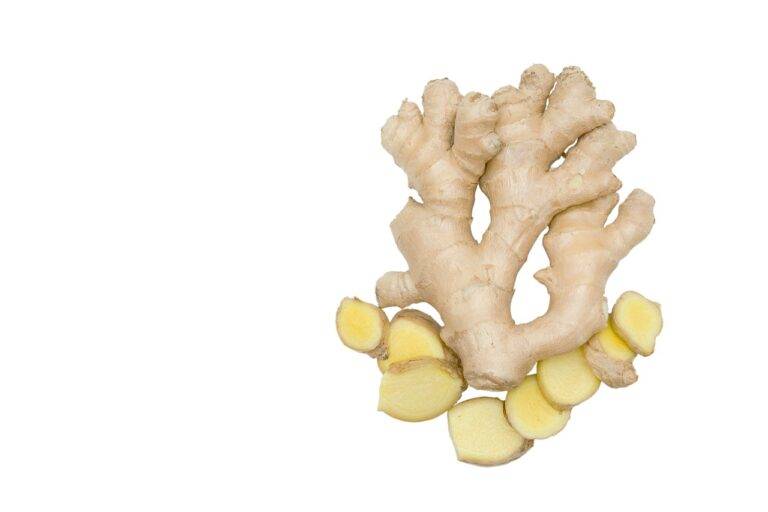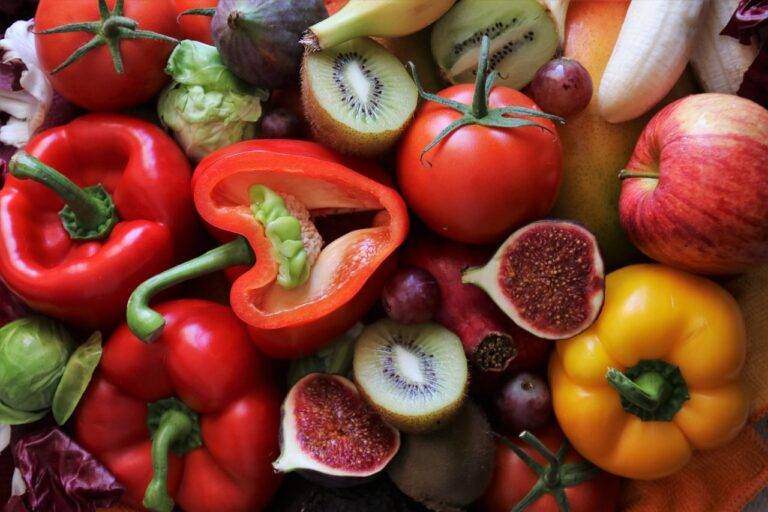Understanding the Science of Food Texture
Food texture plays a crucial role in our overall dining experience. The way food feels in our mouths can greatly influence how much we enjoy a particular dish. The texture of food can affect everything from how we perceive its taste to how satisfying we find the meal.
The variety of textures in a dish can also add depth and interest to the eating experience. From the crunch of a fresh vegetable to the creamy smoothness of a rich dessert, different textures can create a symphony of sensations that elevate the enjoyment of a meal. Paying attention to and appreciating the textures of the foods we eat can lead to a more mindful and enjoyable dining experience.
The Role of Texture in Flavor Perception
The texture of food plays a crucial role in shaping our perception of flavor. When we bite into a piece of food, our taste buds aren’t the only ones doing the work – our sense of touch is equally involved. The crunchiness of a potato chip, the creaminess of ice cream, or the juiciness of a ripe apple all contribute to how we experience the taste of these foods.
Some studies suggest that the texture of food can influence our overall enjoyment and satisfaction with a meal. Foods with contrasting textures, like a crunchy topping on a creamy dessert or a crispy crust on a tender piece of meat, can create a more dynamic and pleasurable eating experience. Conversely, foods with monotonous textures may lead to sensory boredom and reduced enjoyment of flavors.
Why is food texture important in flavor perception?
Food texture plays a crucial role in flavor perception as it affects how we experience the taste of food and can greatly influence our overall enjoyment of a dish.
How does texture impact our perception of flavor?
The texture of food can enhance or detract from the flavor of a dish by influencing factors such as mouthfeel, crunchiness, and smoothness.
Can texture affect how much we enjoy food?
Yes, the texture of food can have a significant impact on how much we enjoy a dish. For example, a crunchy texture can make a dish more satisfying, while a slimy texture can be off-putting.
Are there certain textures that are universally appealing?
While individual preferences vary, certain textures like crispy, creamy, and tender are generally regarded as appealing across different cultures and cuisines.
How can chefs and food manufacturers use texture to enhance the flavor of their products?
Chefs and food manufacturers can use a variety of techniques such as incorporating contrasting textures, experimenting with different cooking methods, and adjusting ingredient ratios to enhance the overall flavor experience of their products.





